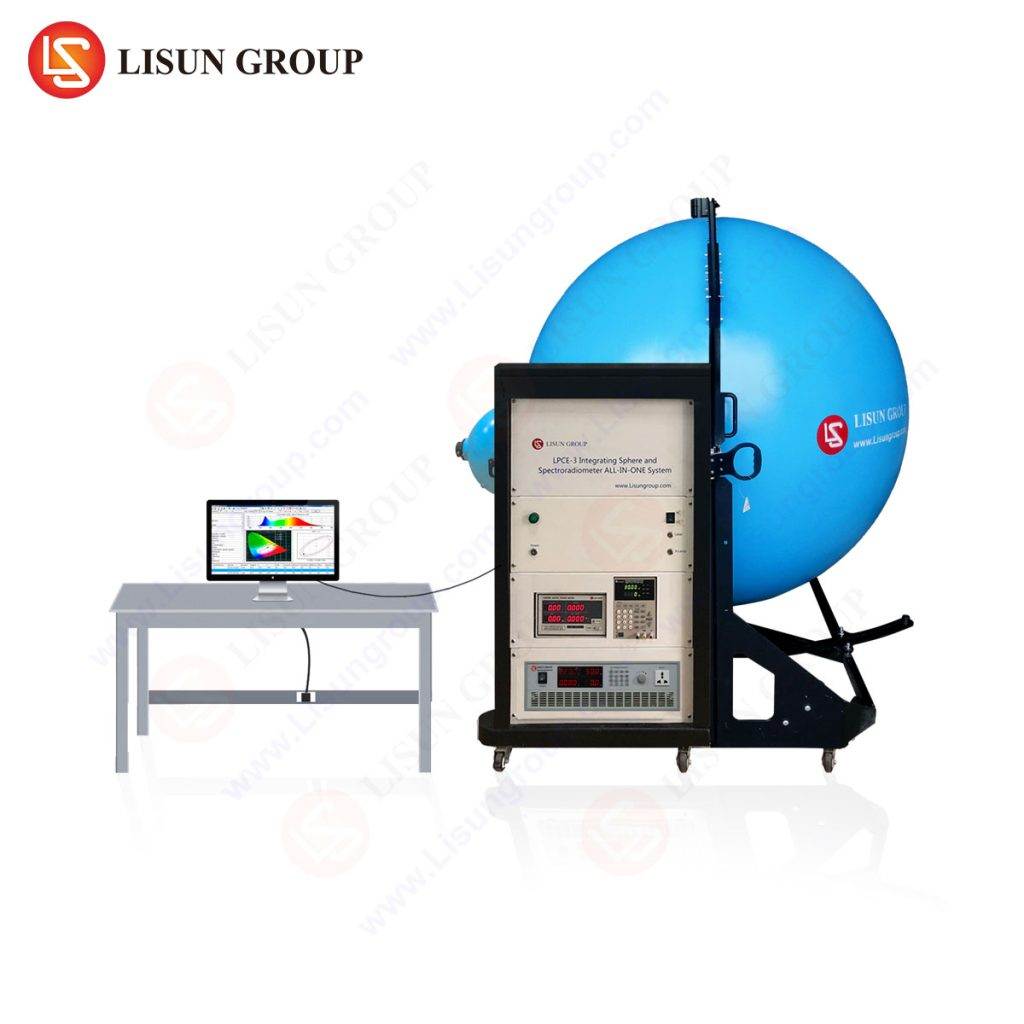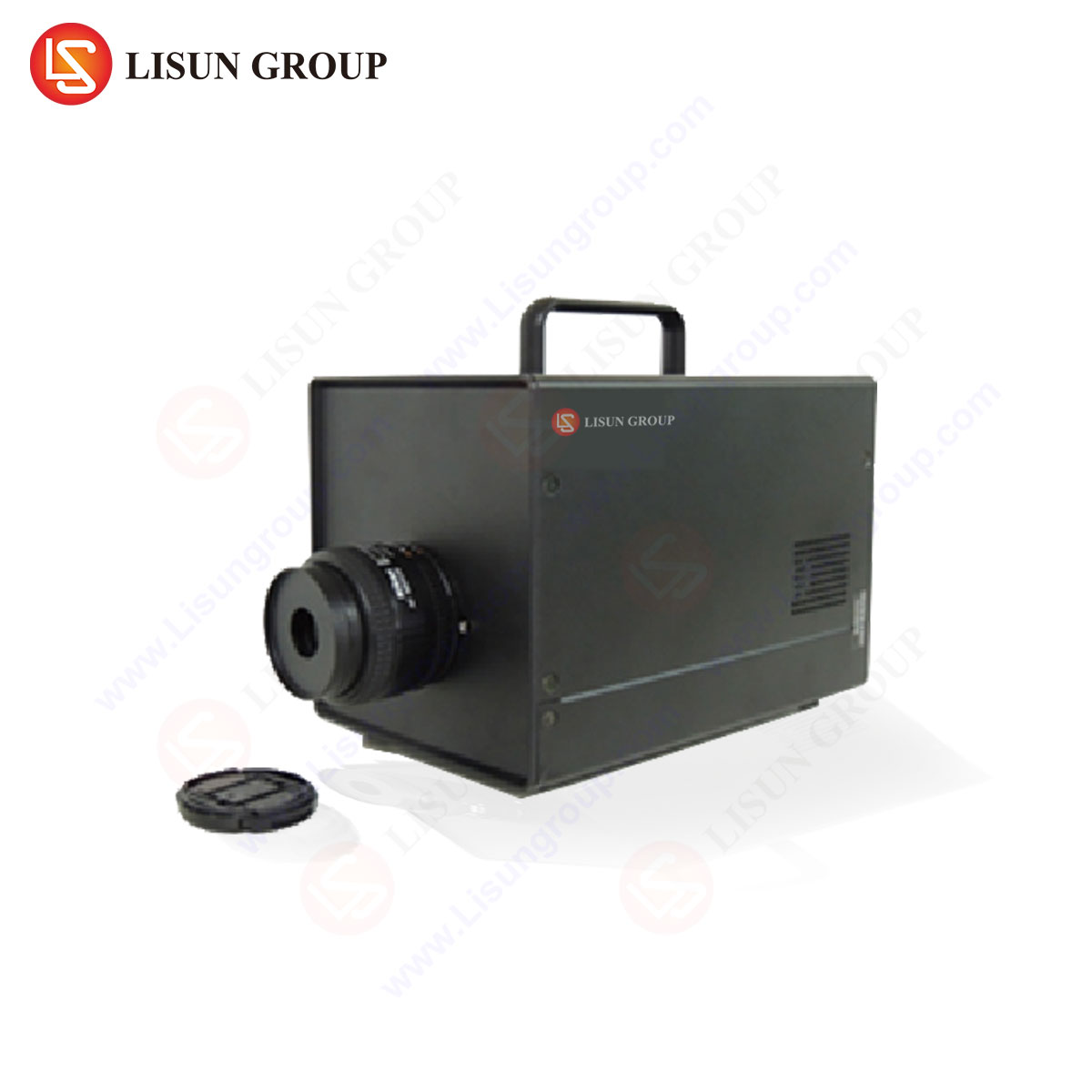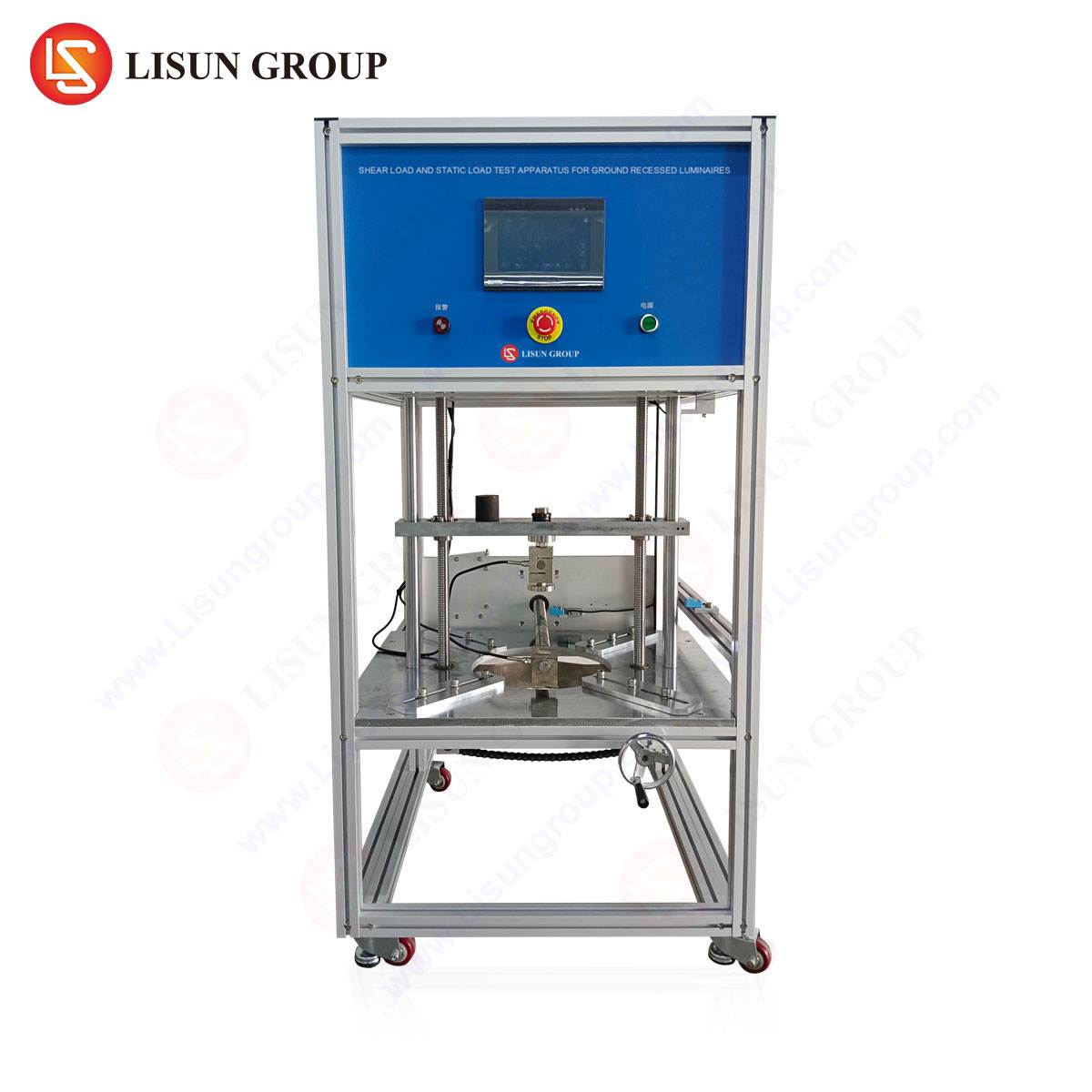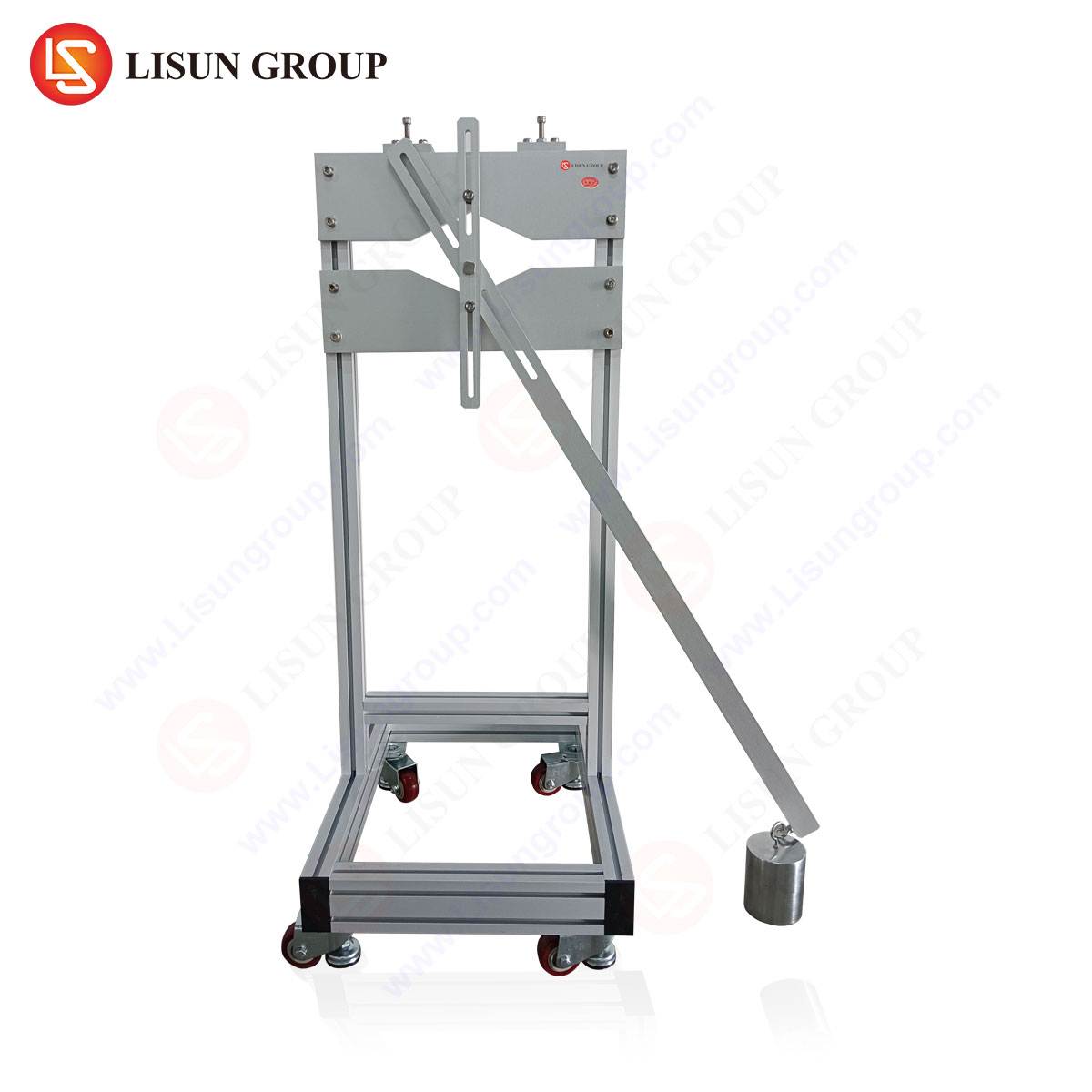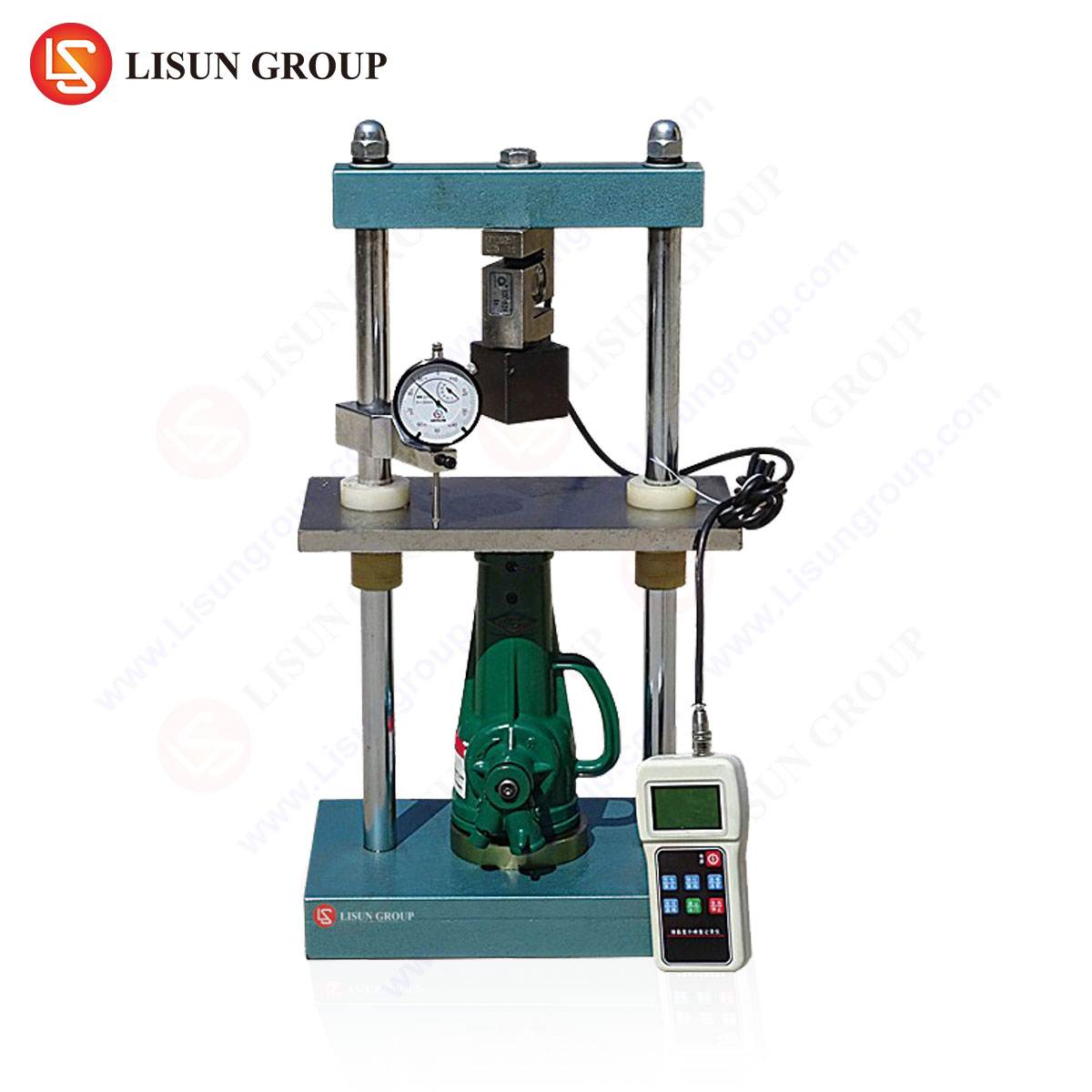LPCE-3 is a CCD Spectroradiometer Integrating Sphere Compact System for LED Testing. It is suitable for single LED and LED luminaires’ photometric, colorimetric and electrical measurement. The measured data meets the requirements of CIE 177, CIE84, CIE-13.3, ROZPORZĄDZENIE DELEGOWANE KOMISJI (UE) 2019/2015, IES LM-79-19, Optical-Engineering-49-3-033602, IESNA LM-63-2, ANSI-C78.377 and GB standards.
Standard:
LM-79-19 "Pomiary optyczne i elektryczne półprzewodnikowych produktów oświetleniowych"
IESNA LM-63-2 "Standardowy format pliku IESNA do elektronicznego przesyłania danych fotometrycznych i powiązanych informacji"
CIE 177 "Renderowanie kolorów białych źródeł światła LED"
CIE84 "Pomiar strumienia świetlnego"
CIE-13.3 "Metoda pomiaru i określania właściwości oddawania barw przez źródła światła"
ANSI-C78.377 "Specyfikacje chromatyczności półprzewodnikowych produktów oświetleniowych do lamp elektrycznych"
(UE) 2019/2015 "ROZPORZĄDZENIE DELEGOWANE KOMISJI"
Configuration:
Spektroradiometr CCD (LMS-7000), Światłowód (CFO-1.5M), Cyfrowy miernik mocy (LS2012), Źródło zasilania prądem stałym (DC-S Series), Źródło zasilania AC (LSP-500VAS), Integrująca sfera (IS-1.5MA-CASE and IS-0.3M), Standardowe źródło światła (SLS-50W and SLS-10W)
Pomiar:
• Colorimetric: Chromaticity coordinates, CCT, Color Ratio, Peak Wavelength, Half Bandwidth, Dominant Wavelength, Color Purity, CRI (Ra, R1 to R15), Spectrum Test, TM30 (Rf, Rg), CQS
• Photometric: Luminous Flux, Luminous Efficiency, Radiant Power, EEI, PAR, PPF
• Electrical: Voltage, Current, Power, Power Factor, Harmonic (Optional)
Specyfikacja:
• Spectral Range Wavelength: 350nm~950nm(LMS-7000VIS) (200~1050nm is optional)
• Spectral Wavelength Accuracy: ±0.5nm Wavelength Reproducibility: ±0.5nm
- Kroki skanowania próbki: ±0,1 nm
• Accuracy of Chromaticity Coordinate (Δx, Δy): ±0.003 (under Standard A Lamp)
• Correlated Color Temperature CCT: 1,500K~25,000K. CCT Accuracy: ±0.5%
• Color Rendering Index Range: 0~100.0, Accuracy: ± (0.3%rd±0.3)
• Photometric linear: ±0.5%
• Stray light: <0.015% (600nm) and <0.03% (435nm)
- System zawiera dodatkowe urządzenie świetlne, a oprogramowanie zawiera funkcję korekcji współczynnika absorpcji własnej
- Połączenie z komputerem za pomocą kabla USB. Oprogramowanie w wersji angielskiej może działać w systemach Win7, Win8, Win10, Win11 (sterownik z certyfikatem Microsoft).
How do you use an integrating sphere to detect the quality of LED lighting products?
An integrating sphere is frequently used to measure luminaire or light source for luminous flux, chromaticity coordinates, CCT, dominant wavelength, peak wavelength, etc. The traditional integrating sphere is the IS-*M, which LISUN has already stopped manufacturing in favor of the IS-*MA, which uses a molding method. It is your finest choice to take into consideration if your application calls for the measurement of a beam that is widely divergent.
Integrating Sphere & Spectroradiometer for Photometry?
Lumen is a unit of measurement for the total amount of visible light emitted by a light source. It is an important parameter in lighting design and evaluation, as it reflects the brightness and effectiveness of a lighting system. To accurately measure lumen output, a spectroradiometer system with an integrating sphere is commonly used. In this technical article, we will discuss how to test lumen by integrating sphere spectroradiometer system.

LISUN LPCE-3 (LMS-7000) CCD Spectroradiometer Integrating Sphere Compact System – After-sales Frequently Asked Questions (FAQ)
LISUN LPCE-3 system were in the market for more than 10 years, LISUN engineers service team already summary the most of the After Sales Questions and Answers in the above link. Please read it carefuly, you can solve the most of the problems by yourself if you have some questions while using the instruments. LISUN will be continue to update this pages and more FAQ can be found in this topic link.


